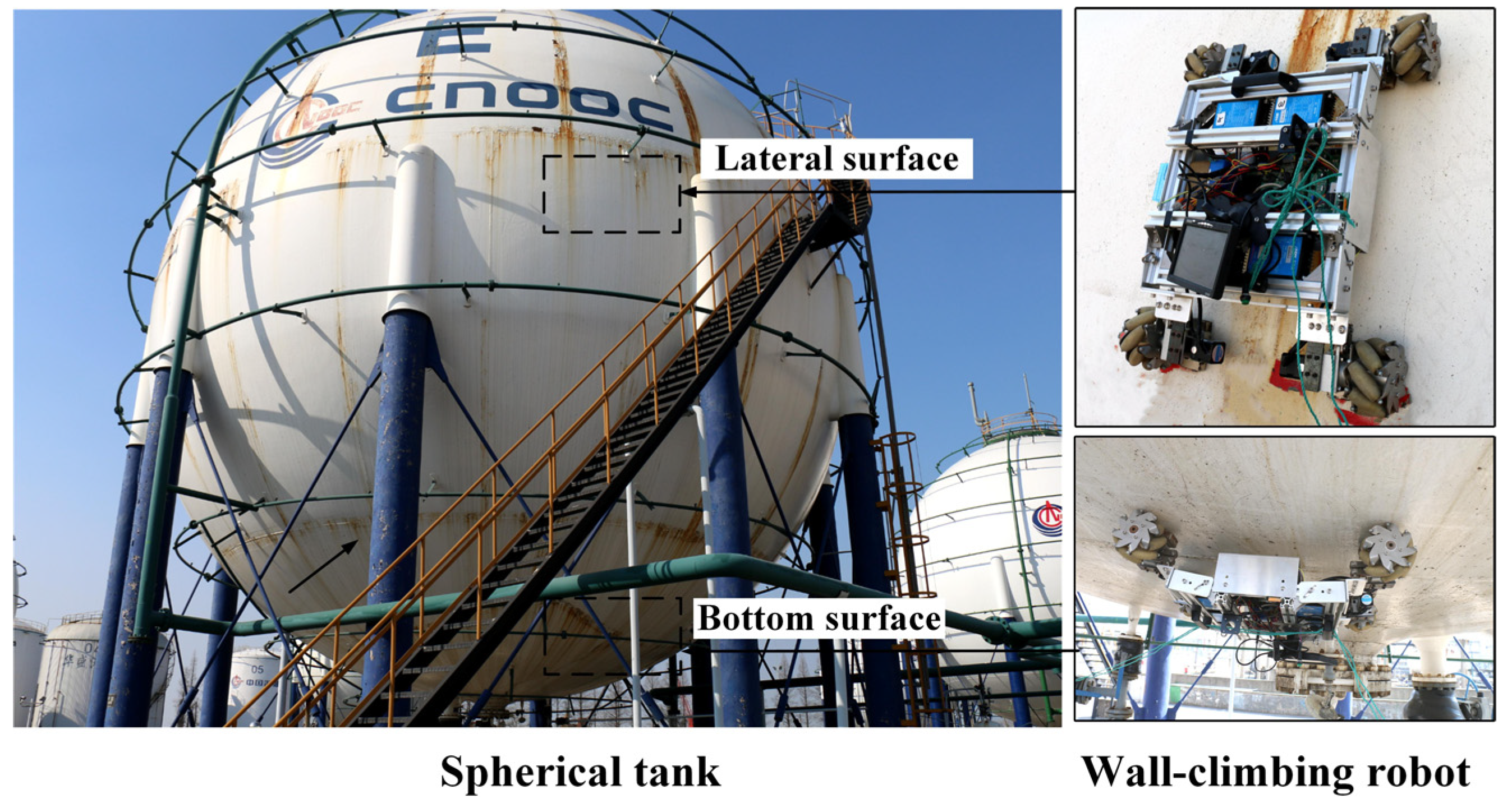Comprehensive Overview to Tank Welding Inspection for Safety And Security and Quality
Comprehensive Overview to Tank Welding Inspection for Safety And Security and Quality
Blog Article
A Thorough Summary of Container Welding Evaluation Criteria and Methodologies for Improved Weld High Quality and Efficiency
The relevance of welding inspection requirements in the manufacturing of storage tanks can not be overemphasized, as they function as the backbone for making certain weld integrity and functional integrity. Various inspection methods, consisting of aesthetic assessments and progressed non-destructive screening methods, are vital in recognizing potential imperfections that can endanger performance. Sticking to regulatory requirements not only improves weld top quality but likewise minimizes the danger of pricey failures. As we explore the nuances of these methods, it comes to be important to think about exactly how a methodical strategy can revolutionize current practices and lead to substantial improvements in outcomes.
Value of Welding Inspection Standards

Welding examination standards incorporate a series of requirements, consisting of material specs, welding treatments, and qualifications of workers entailed in the welding procedure. By imposing these criteria, organizations can systematically determine and fix potential problems, therefore reducing the possibility of expensive fixings or catastrophic failures. In addition, strenuous inspection practices cultivate a society of accountability and precision, motivating welders to maintain high levels of workmanship.

Usual Welding Assessment Methods


Ultrasonic Evaluating (UT) is one more common method, making use of high-frequency acoustic waves to identify internal flaws that may not show up externally. This method is particularly effective for identifying voids or inclusions within the weld metal. Magnetic Particle Examining (MT) is also commonly made use of, especially for ferromagnetic products, as it discloses surface and near-surface flaws with the application of magnetic areas and ferrous bits.
Furthermore, Liquid Penetrant Screening (PT) discovers surface-breaking flaws by using a penetrant to the weld and after that making use of a developer to extract the penetrant. Each of these strategies adds to an extensive evaluation technique, ensuring that welds fulfill the stringent quality criteria required in tank building and construction.
Regulatory Specifications and Compliance
Regulatory standards and conformity are important parts in guaranteeing the safety and dependability of bonded structures in storage tank construction - Tank Welding Inspection. These requirements serve to develop minimum demands for material properties, welding procedures, and inspection practices, therefore reducing the risk of structural failures and enhancing total performance
Trick organizations, such as the American Society of Mechanical Engineers (ASME) and the American Welding Society (AWS), supply standards that are widely embraced in the sector. Compliance with these standards not just makes certain adherence to ideal methods yet also satisfies legal and legal responsibilities, safeguarding the rate of interests of stakeholders.
Governing bodies often mandate try this adherence to specific codes, such as ASME Code Area IX for welding certifications and API 650 for welded tanks. These codes describe requirements for welding methods, credentials of workers, and screening approaches to validate weld integrity.
Normal audits and evaluations are essential to keeping conformity, as they help recognize discrepancies from established criteria. Non-compliance can lead to significant charges, job delays, and safety and security threats. Hence, a durable understanding of governing standards and a dedication to compliance are vital in attaining top quality and resilient welded container frameworks.
Non-Destructive Checking Techniques
Exactly how can the integrity of welded frameworks be guaranteed without triggering damages? Non-destructive testing (NDT) techniques supply a find out here now robust service, enabling assessors to evaluate weld high quality without endangering the material - Tank Welding Inspection. Amongst the most common NDT strategies are ultrasonic testing (UT), radiographic screening (RT), magnetic fragment testing (MT), and dye penetrant screening (PT)
Radiographic screening entails passing X-rays or gamma rays with the weld, creating images that expose structural problems such as splits or voids. This approach is important for analyzing the stability of intricate welds.
Magnetic particle screening is suited for ferromagnetic materials, where magnetic fields disclose surface area and near-surface stoppages. Dye penetrant screening makes use of a fluid color to highlight surface-breaking problems, making it an efficient technique for non-porous products.
Each of these NDT approaches has distinct benefits, permitting thorough analyses customized to certain materials and welding procedures. By implementing these methods, markets can ensure the reliability and security of bonded frameworks, ultimately improving general performance.
Enhancing Weld Quality Via Assessment
Efficient inspection plays a crucial role in boosting weld top quality, serving as a crucial checkpoint in the fabrication procedure. By identifying possible flaws early, examinations reduce the threat of endangered architectural honesty and make certain conformity with sector standards. Employing a mix of aesthetic examinations, non-destructive testing (NDT) approaches, and mechanical evaluations, assessors can discover issues such as porosity, splits, and incomplete fusion.
Implementing a durable examination method not just enhances the general high quality of welds but also fosters a society of accountability among welders and makers. Regular training and accreditation of inspection workers make sure that they are geared up with the required skills to identify and attend to prospective problems effectively. This aggressive technique minimizes rework and connected prices, ultimately contributing to predict effectiveness.
Additionally, comprehensive documents of assessment findings gives useful insights right into repeating issues, promoting continuous improvement in welding methods. By leveraging sophisticated modern technologies, such as automated ultrasonic screening or electronic radiography, weld top quality can be enhanced via much more precise examinations. To conclude, a strenuous evaluation procedure is important in attaining top notch welds, ensuring safety, reliability, and longevity in tank fabrication.
Final Thought
Finally, the application of strenuous storage tank welding examination criteria and approaches is crucial for guaranteeing weld honesty and efficiency. he has a good point By using a mix of visual inspections, non-destructive screening approaches, and adherence to regulative standards, organizations can properly recognize and alleviate prospective defects. Cultivating a society of responsibility amongst welders even more improves the high quality of welding processes. Ultimately, these practices add to lowered structural failings, reduced fixing costs, and improved operational effectiveness within the market.
Report this page